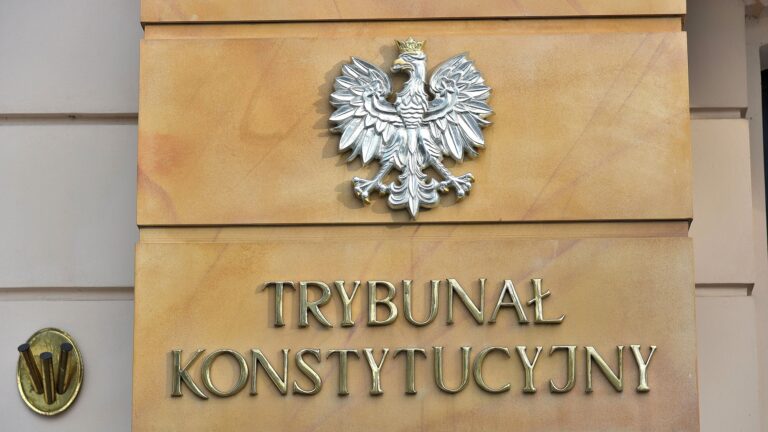A major restoration project on Gellért Hill—one of Budapest’s most iconic locations—is nearing completion. By next spring, the Liberty Statue and the surrounding Citadel area will fully reopen to the public. The redevelopment is being presented as a long-overdue renewal of a national memorial, but a newly added Christian cross at the base of the statue has sparked intense political and cultural debate.
Regő Lánszki, Hungary’s Chief Architect and State Secretary at the Ministry of Construction and Transport, highlighted the renovation’s symbolic depth in a Facebook post. ‘What is being built here is more than an investment. It’s a commitment to the past, the present, and the future,’ he wrote. According to Lánszki, the addition of the cross is not arbitrary but deeply symbolic: a reference to the spiritual and historical foundations of Hungarian freedom, rooted in Christian statehood.
‘The Liberty Statue’s environment is inseparable from Hungarian history,’ he emphasized. ‘Freedom doesn’t arise from nothing; it has a past and a foundation—shared memory, struggles fought, and a national community built on enduring faith.’
Lánszki Regő
Hello Karácsony on the left side! 🇭🇺 A Gellért-hegyen dolgozunk. Jövő tavasszal készül el teljes egészében a Citadella és a Szabadság-szobor környezete – egy évtizedek óta elhanyagolt nemzeti…
However, not everyone agrees with the symbolic reimagining of the site. Budapest Mayor Gergely Karácsony denounced the cross’s installation, calling it a political imposition and a distortion of historical symbolism. ‘The cross should not be used as a political cudgel,’ he wrote. ‘Whoever forced it onto the statue’s base—against the will of the artist’s heirs and without consulting Budapest—has not honoured the symbol but exploited it.’
‘The addition of the cross is not arbitrary but deeply symbolic’
Karácsony condemned the move as an abuse of a public monument for ideological purposes, accusing the government of overwriting a unifying, post-communist message with a sectarian one. ‘This once-clear artwork, representing the memory of those who died for Hungary’s freedom and independence, is now being rebranded by short-sighted political will,’ he argued.
The capital’s administration sought legal recourse to halt the change, but their request for property protection was rejected by the district. The statue’s original inscription—dedicated to all who sacrificed for Hungary’s freedom—stood unchallenged for over 30 years. The new addition, critics say, risks politicizing and religiously recontextualizing a national symbol meant to unite.
Lánszki dismissed the accusations of unilateral action, stating that the redesign was carried out with all necessary legal approvals. ‘The Liberty Statue doesn’t stand alone anymore—it now exists as part of a more complex narrative that embraces our history and values,’ he wrote, defending the monument’s new form.
Related articles:







